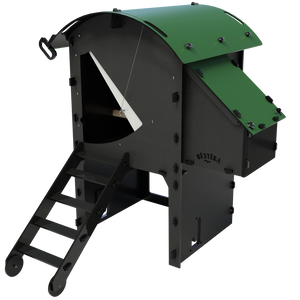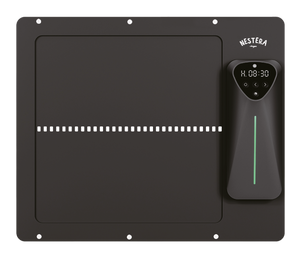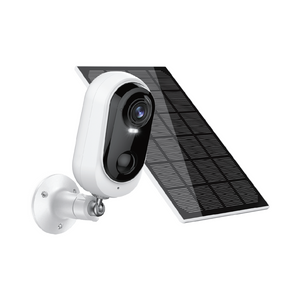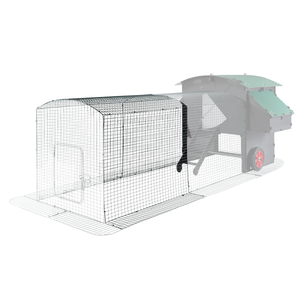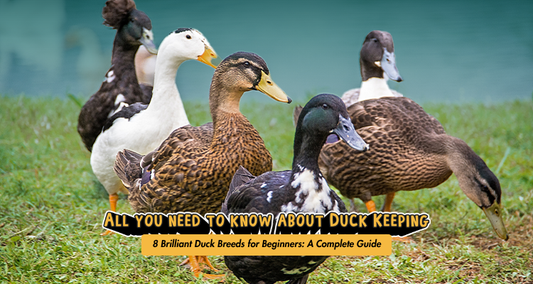Hens would rarely, if ever, hatch a clutch of eggs in Winter. For most of us, Winter is cold, dark and damp and although the shops are well stocked, nature's pantry is not!
Hens tend to lay eggs and incubate them in warmer weather during Spring and Summer. It’s more comfortable for them to sit for 21 consecutive days and there is plenty of food for them and their offspring.
Trees and hedges being in full leaf, provide essential cover to protect these feathered families from predation.
Don’t forget chicks need as much body mass as possible to survive cold weather. By being born earlier in the year, they are larger, more experienced and therefore more able to survive the longer Winter months.
Backyard Chickens and hatching
In a back garden scenario, they probably have plentiful access to food all year round. Does that mean they should still lay and incubate? Probably not!
Although hybrids might still be laying, they are often reluctant to incubate at the best of times, let alone during inclement weather.
Chickens follow the rhythm of the year, especially pure breeds. The shorter days and consequent drop in light levels combined with lower temperatures, ‘switch’ off their laying and incubating functions.

Incubation?
If you do have eggs, can you incubate them artificially?
Yes, but you would need to check for fertility first. Cockerels don’t mate hens all year round either. They preserve their time, energy and ‘supplies’ for more fruitful seasons.
Crack open one egg and check the yolk. The germinal disc or blastodisc will look like a single spot if it’s infertile or a series of concentric circles (like a bullseye on a dart board) if it’s fertile.
Don’t forget you will need to provide the chicks with TLC for a lot longer and delay putting them outside, possibly for a few months. Living indoors with a group of noisy, hyperactive, poopy little chicks might get a bit much.
Commercial systems use heat lamps and artificial lighting to trick hens into believing the Winter is Spring. This provides eggs during the Winter for the hatcheries to incubate, so that point-of-lay hens are available to buy, all the way through Spring and Summer.




